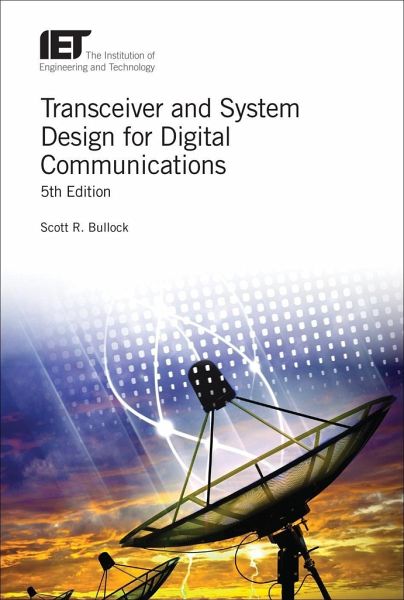
Transceiver and System Design for Digital Communications
Versandkostenfrei!
Versandfertig in über 4 Wochen
173,99 €
inkl. MwSt.

PAYBACK Punkte
87 °P sammeln!
This applied engineering reference covers a wide range of wireless communication design techniques; including link budgets, error detection and correction, adaptive and cognitive techniques, and system analysis of receivers and transmitters.














